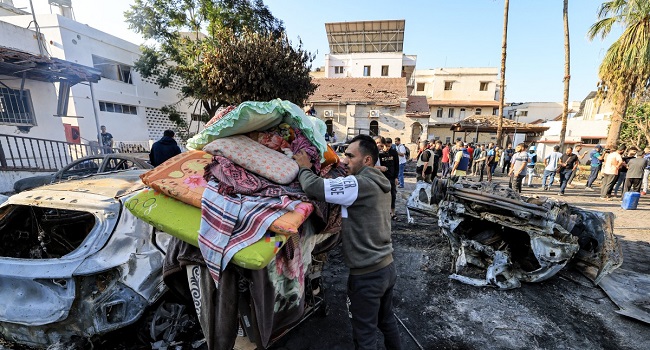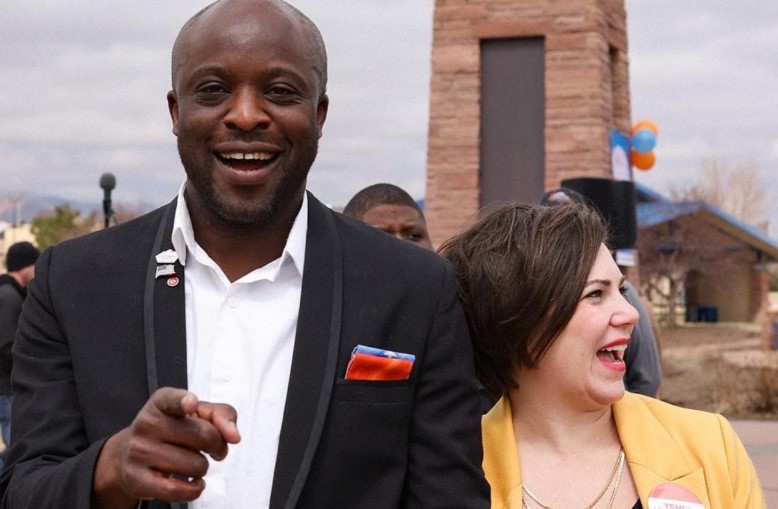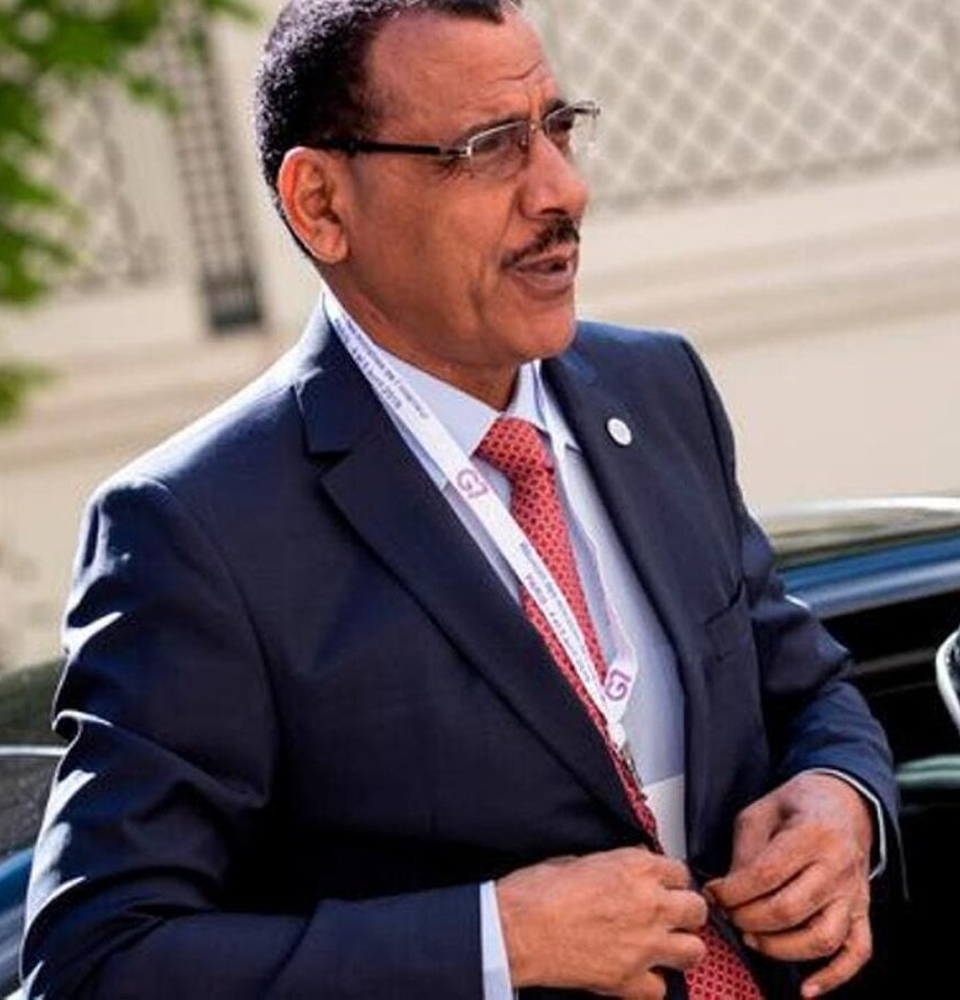Foreign
Ukraine says Russia taking ‘colossal losses’ in eastern battle
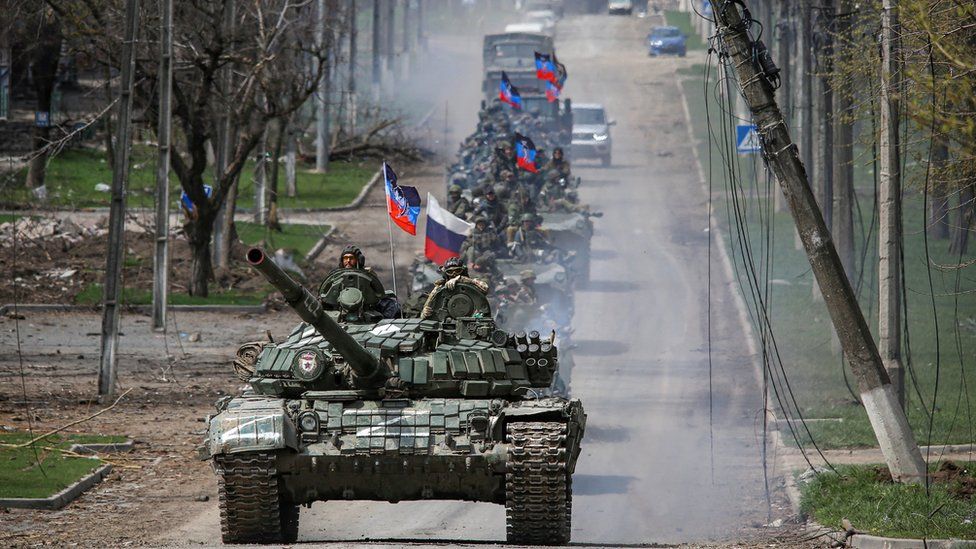
Ukraine acknowledged on Friday it was taking heavy losses in Russia’s assault in the east but said Russia’s losses were even worse, as U.S. President Joe Biden called on Congress to send as much as $33 billion to help Kyiv withstand the attack.
The body of a journalist from U.S.-backed broadcaster Radio Liberty was found in the rubble in the Ukrainian capital, killed in a Russian missile attack during a visit by the U.N. secretary-general.
President Volodymyr Zelenskyy praised Biden’s offer of help, which amounts to nearly 10 times the aid Washington has sent so far since the war began on Feb. 24.
Having failed in an assault on Kyiv in the north of Ukraine last month, Russia is now trying to fully capture two eastern provinces known as the Donbas.
Ukraine has acknowledged losing control of some towns and villages there since the assault began last week but says Moscow’s gains have come at a massive cost to a Russian force already worn down from its earlier defeat near the capital.
“We have serious losses but the Russians’ losses are much much bigger…They have colossal losses,” presidential adviser Oleksiy Arestovych said.
By pledging tens of billions of dollars in aid for Ukraine, Biden has dramatically increased U.S. involvement in the conflict. The United States and its allies are now sending heavy weapons including artillery, with what Washington says is an aim not just to repel Russia’s attack but to weaken its armed forces so it cannot menace its neighbours again.
“We need this bill to support Ukraine in its fight for freedom,” Biden said. “The cost of this fight – it’s not cheap – but caving to aggression is going to be more costly.”
Zelenskyy tweeted: “Thank you @POTUS and the American people for their leadership in supporting Ukraine in our fight against Russian aggression. We defend common values – democracy and freedom. We appreciate the help. Today it is needed more than ever!”
Russia has said the arrival of Western arms into Ukraine means it is now fighting a “proxy war” against NATO. President Vladimir Putin threatened unspecified retaliation this week, while his foreign minister warned of a threat of nuclear war.
Prague-based Radio Free Europe/Radio Liberty (RFE/RL) said the body of producer Vira Hyrych had been found on Friday morning after Thursday’s missile attack destroyed the bottom two floors of a residential building. It said Hyrych had worked for Radio Liberty since 2018.
“She was going to bed when a Russian ballistic missile hit her apartment in central Kyiv. Russia’s barbarism is incomprehensible,” Ukrainian Foreign Ministry spokesperson Oleg Nikolenko said. “We call on media organizations to condemn the murder of Vira and all other innocent Ukrainians.”
Russia’s defence ministry said its forces had destroyed the production facilities of a rocket plant in Kyiv with high precision long-range missiles.
U.S.-funded RFE/RL, which has covered the former Soviet Union since the Cold War, is one of the main remaining Russian-language sources for news outside Kremlin control since Moscow effectively shut all independent media following its invasion.
“Kyiv is still a dangerous place and Kyiv is still the target of Russians, of course. The capital of Ukraine is the goal and they want to occupy it,” Mayor Vitali Klitschko said, supervising the cleanup in the rubble-strewn street before the body was found.
The missiles hit the capital during a visit on Thursday by U.N. Secretary-General Antonio Guterres. Ukrainian Defence Minister Oleksiy Reznikov called it “an attack on the security of the Secretary-General and world security”.
Zelenskyy’s office said Russia was pounding the entire front line in the eastern Donetsk region with rockets, artillery, mortar bombs and aircraft. The Ukrainian general staff said Russia was shelling positions along the line of contact to prevent the Ukrainians from regrouping.
Britain said fighting had been particularly heavy around the cities of Lysychansk and Severodonetsk, the main part of the Donbas that Russia is still trying to capture, with an attempted advance south from Russian-held Izium towards Sloviansk.
“Due to strong Ukrainian resistance, Russian territorial gains have been limited and achieved at significant cost to Russian forces,” the British defence ministry said in an update.
The bloodiest fighting and worst humanitarian catastrophe of the war have been in Mariupol, an eastern port reduced to a wasteland by two months of Russian bombardment and siege.
Ukraine says 100,000 civilians remain in the city, which is mostly occupied by Russia. Hundreds of civilians are holed up with the last remaining defenders in underground bunkers beneath huge steelworks.
Zelenskyy’s office said an operation was planned on Friday to get civilians out of the plant, giving no details.
In parts of Mariupol now held by Russian troops, emergency workers were gathering up bodies from the streets. Residents among the blasted ruins recounted the horror they had survived.
“We were hungry, the child was crying when the Grad (multiple rocket launcher) shells were striking near the house. We were thinking, this is it, the end. It can’t be described,” Viktoria Nikolayeva, 54, who survived the battle with her family in a basement, told Reuters, weeping.
“It was a massacre,” said Vitaliy Kudasov, 71. “It was the scariest thing when the shells were flying overhead. Shells, rounds and all such, you couldn’t survive it. And yet we did.”
(Reuters)
Foreign
Trump calls for Keystone XL pipeline plans to be revived
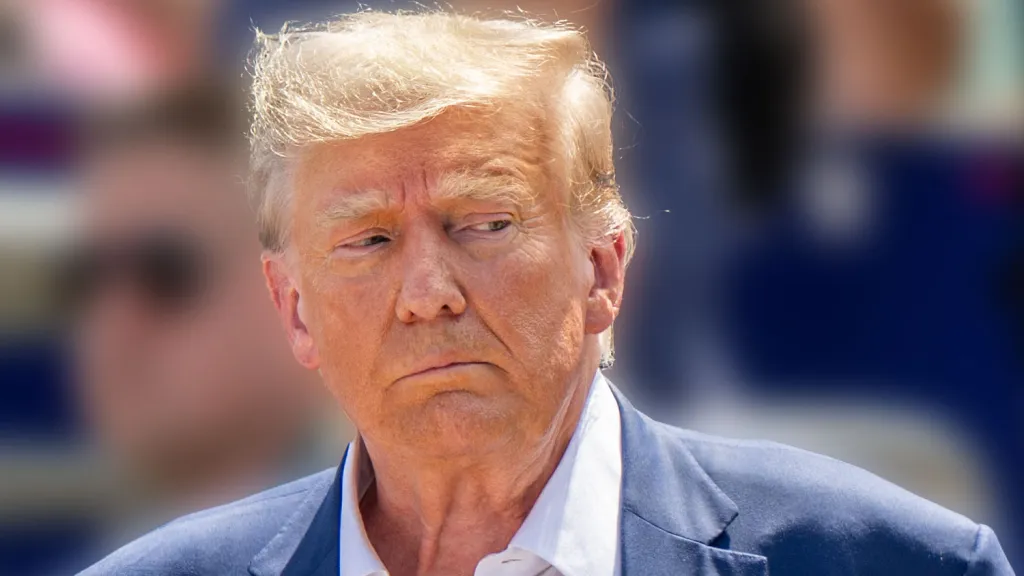
U.S. President Donald Trump has called for the revival of the Keystone XL pipeline, which would carry oil from Canada to the U.S.
Trump took to his online platform Truth Social to urge the company building the pipeline to come back to America.
“The Trump administration is very different, easy approvals, almost immediate start.
“If not them, perhaps another pipeline company. We want the Keystone XL pipeline built,’’ he said.
The pipeline, first proposed in 2008, has been controversial from the start.
It would carry crude oil from oil sands in Alberta, Canada to Nebraska in the Midwestern U.S., where it would link up existing pipelines that connect to the Gulf of Mexico and the Mississippi River.
It was opposed by environmental groups and Native American tribes.
A long-standing battle between the oil industry and environmentalists trickled into politics and U.S. and Canadian courts.
Then U.S. president, Barack Obama, rejected the project in 2015 due to environmental concerns before Trump revived it during his first term in office.
Then, in one of his first actions as U.S. president in 2021, Joe Biden revoked Trump’s permit for the pipeline, stating that its construction was not consistent with his administration’s economic and climate goals.
Foreign
Trump plans 25% tariffs on steel, aluminium imports
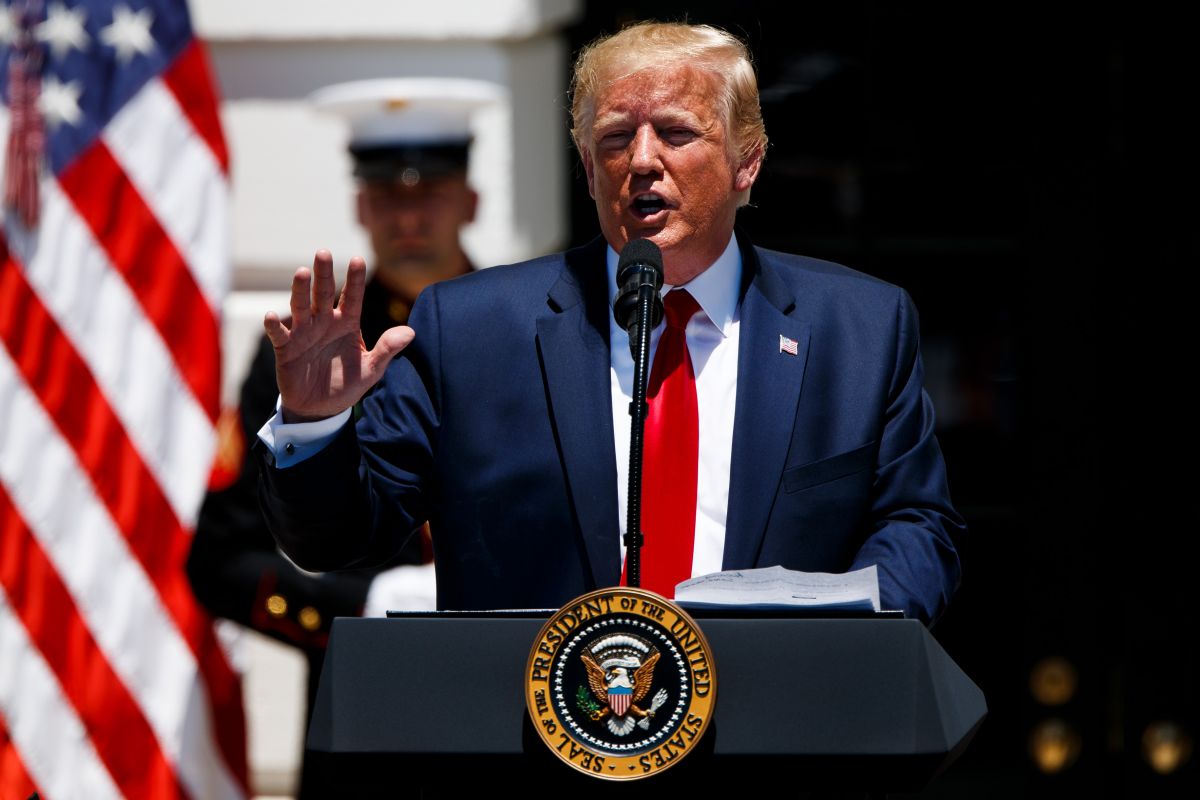
U.S. President Donald Trump plans to impose tariffs of 25 per cent on steel and aluminium imports into the United States, he said on Sunday.
“Any steel coming to the United States is going to have them, 25 per cent tariff,” Trump said, according to journalists travelling with the president. When questioned about tariffs on aluminium imports, Trump replied, “25 Per cent for both.”
Trump also confirmed his plan to announce further reciprocal tariffs in the coming week.
He spoke of an announcement on Tuesday or Wednesday.
“Very simply, if they charge us, we charge them, Trump told reporters, adding that the tariffs would go into effect almost immediately.”
U.S. tariffs of 10 per cent on Chinese goods took effect from Feb. 4.
The planned tariffs of 25 per cent on Mexico and Canada were suspended for an initial period of 30 days following promises from the two countries to increase border security measures.
Trump won November’s presidential election promising to slap high tariffs on foreign goods to reduce U.S. trade deficits.
He implemented a number of duties during his first term from 2017 to 2021.
Foreign
U.S. president considering 25% tariffs on Canada, Mexico starting in February

Donald Trump said tariffs of 25 per cent on products from Canada and Mexico could be introduced as early as February, hours after taking office as US president on Monday.
Speaking at the White House while signing various orders shortly after his inauguration, Trump said, “We’re thinking in terms of 25 per cent on Mexico and Canada, because they’re allowing vast number of people … to come in.”
“I think we’ll do it Feb. 1,” Trump added, referring to the potential start date for the tariffs.
Earlier on Monday, the Wall Street Journal reported that Trump did not intend to impose tariffs on trading partners like Canada, Mexico, and China.
Instead, he planned to instruct the authorities to assess trade relations with China and its neighbours on the North American continent, the Wall Street Journal reported, citing a summary of a planned memorandum and Trump’s advisers.
Shortly after winning the election in November, Trump threatened to impose tariffs on goods from Canada, Mexico, and China.
There are also fears in the EU that Trump could impose new tariffs.
Tariffs are a type of surcharge on imported goods. They are paid as goods enter the country.
Trump imposed a range of tariffs on imported goods during his first term in office from 2017 to 2021.
-

 Headlines4 years ago
Headlines4 years agoFacebook, Instagram Temporarily Allow Posts on Ukraine War Calling for Violence Against Invading Russians or Putin’s Death
-
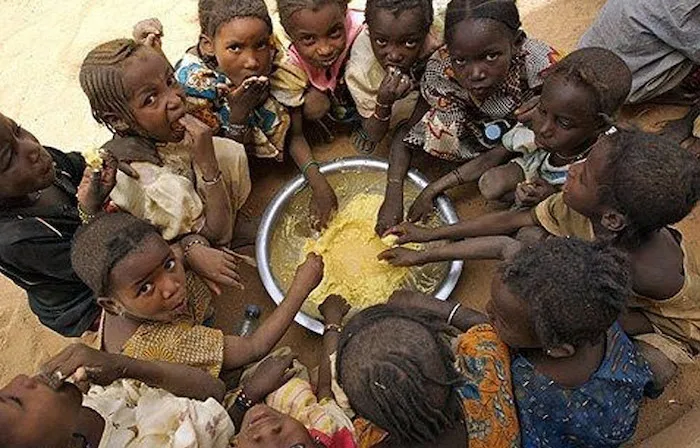
 Headlines4 years ago
Headlines4 years agoNigeria, Other West African Countries Facing Worst Food Crisis in 10 Years, Aid Groups Say
-
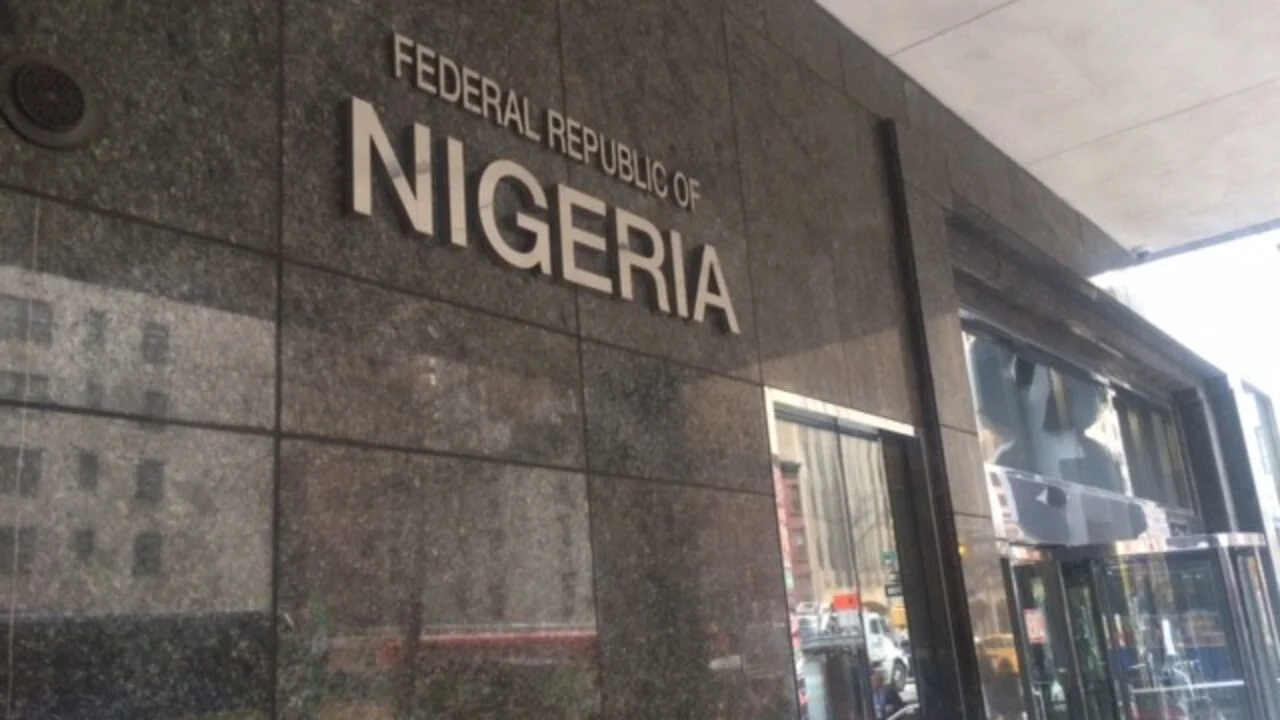
 Foreign4 years ago
Foreign4 years agoNew York Consulate installs machines for 10-year passport
-

 News1 year ago
News1 year agoZero Trust Architecture in a Remote World: Securing the New Normal
-

 Entertainment3 years ago
Entertainment3 years agoPhyna emerges winner of Big Brother Naija Season 7
-

 Headlines2 years ago
Headlines2 years agoNigeria Customs modernisation project to check extortion of traders
-

 Entertainment2 years ago
Entertainment2 years agoMovie download platform, Netnaija, announces closure
-
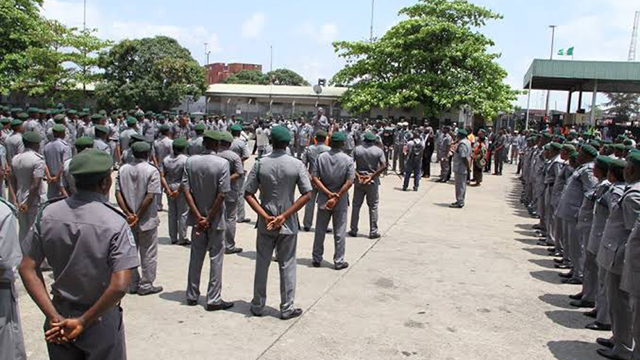
 Economy2 years ago
Economy2 years agoWe generated N30.2 bn revenue in three months – Kano NCS Comptroller






